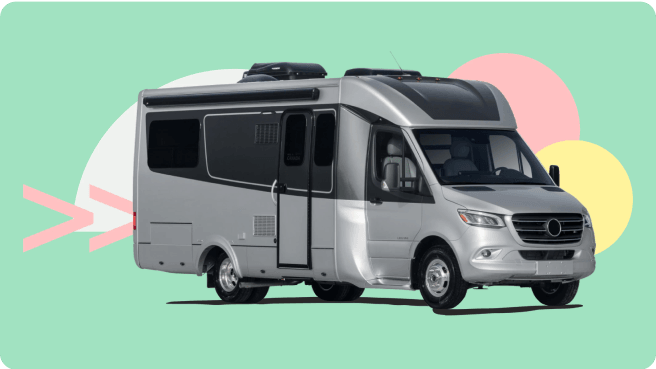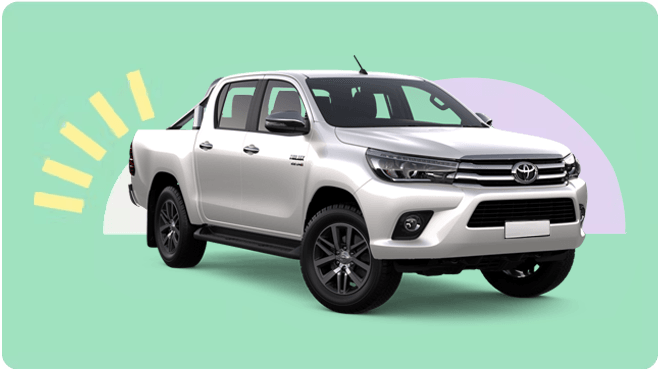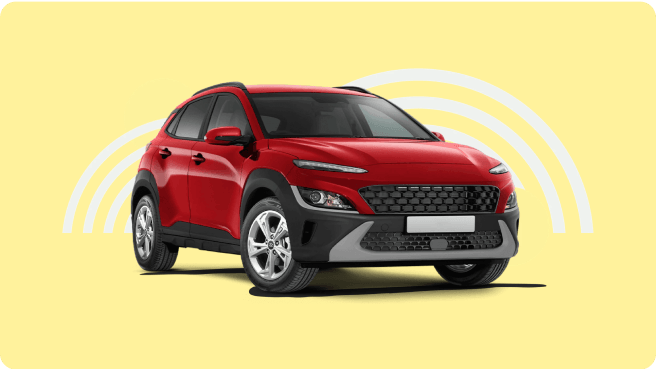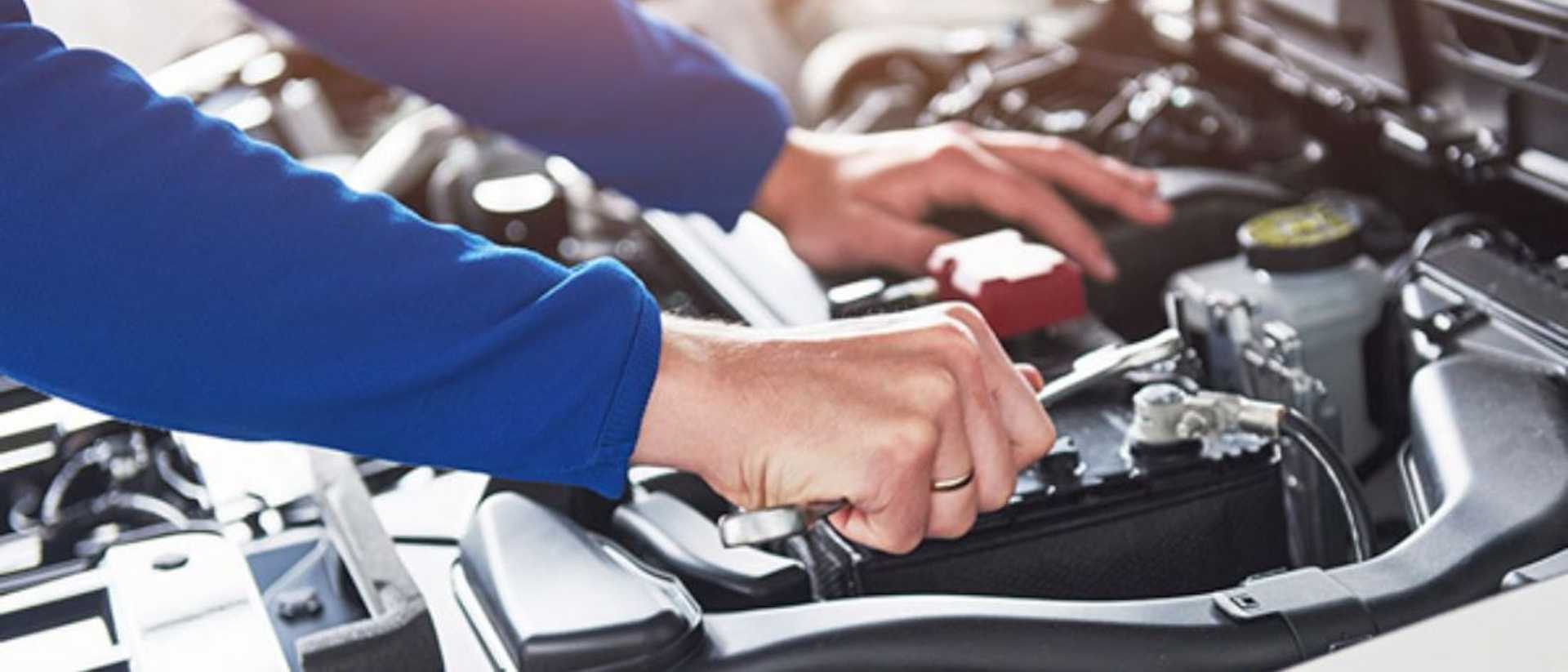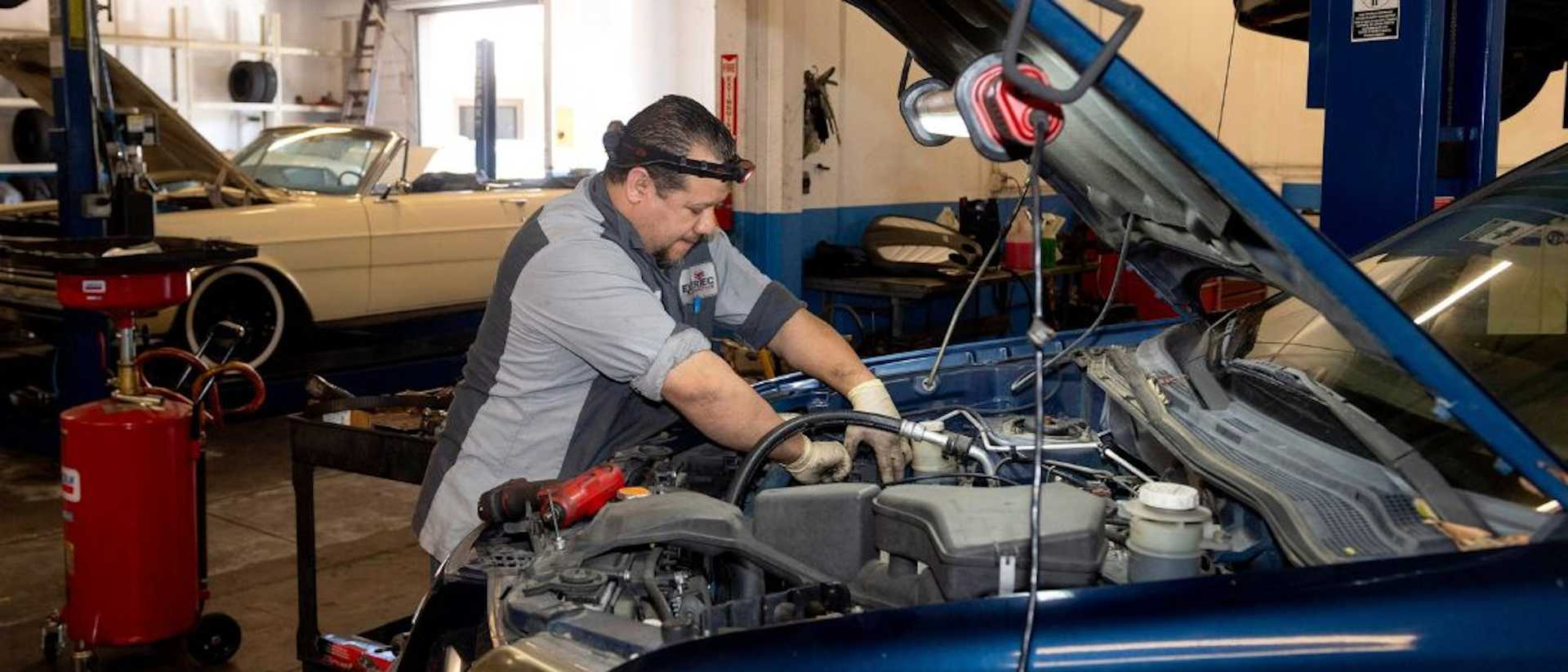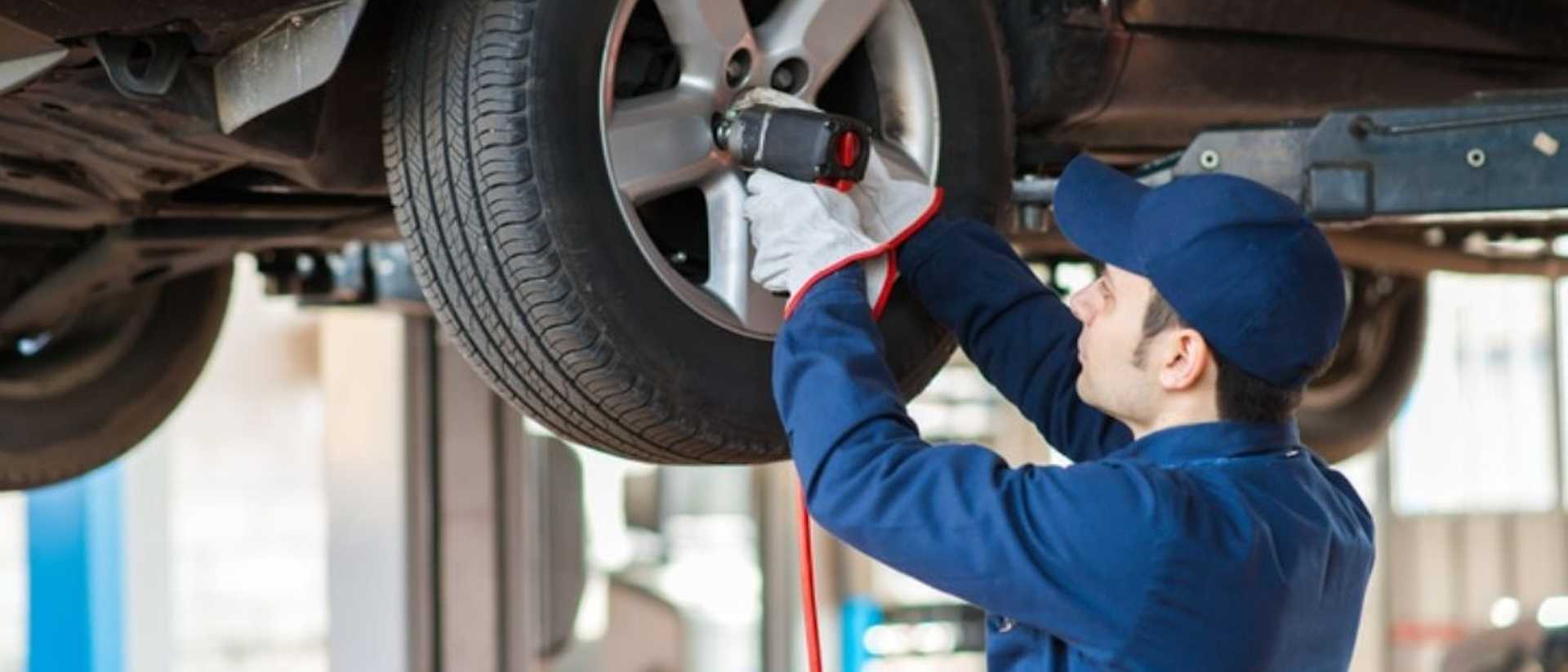How Much To Spend On A Car - A Complete Guide
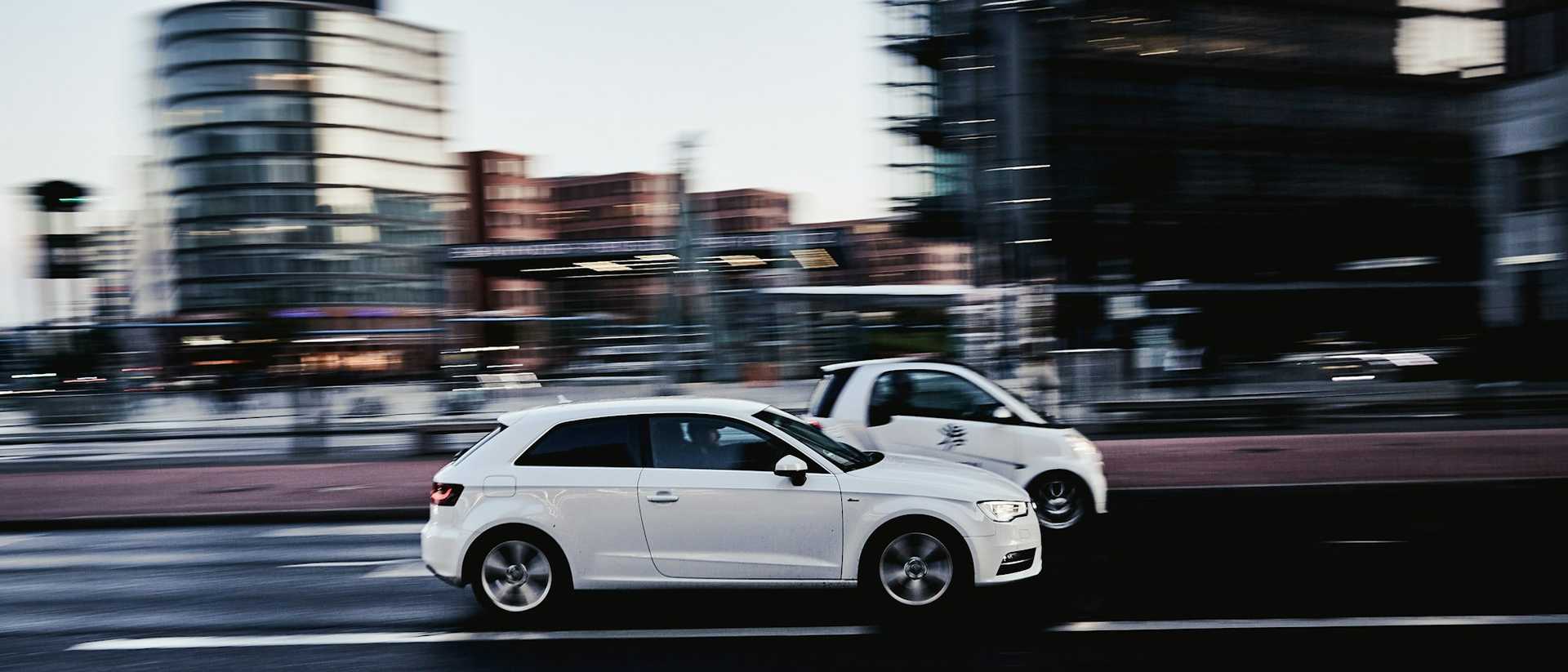
Owning a car is a great luxury, but in many parts of Australia it can also be pretty essential. A car can help you get to work on time and give you the freedom to explore the open roads - but it can come at a high price.
Because buying a car is such a big investment, you’ll want to make sure you take the time to find the perfect car for you. One of the biggest questions you’ll need to address is how much you should spend on your new car. The answer will vary greatly depending on what type of vehicle you’re looking for, and well as your annual income and expenses. But have no fear, we’re here to arm you with helpful knowledge that will allow you to proceed confidently on your vehicle search journey with a set budget in mind. And if you decide you’d like to finance your new set of wheels with a car loan, we can help with that too!
Make a checklist of desired vehicle features
Consumers are currently spoilt for choice when it comes to cars. From hatchbacks to SUVs and hybrids to electric cars, there are more options available than ever before (not to mention that right now is a great time to buy a new car).
A good first step is to make a simple checklist of the features that your car needs vs the ‘would be nice’ features that you can go without. This list will differ a lot based on personal taste and what exactly you’ll be using the car for, but it is a very simple way to define which financial bracket of vehicles your preferences are suited towards. For example, cruise control, ABS brakes and 4WD capabilities might be necessities and on your must-have list, whilst a sunroof, granite trim or motorised cup holders (these are a real thing!) may end up on the latter list of features you can live without. If it's a 4WD you're after, check out our comprehensive list of the 10 Best 4WD Cars in 2022.
Assess income & ongoing expenses
The next step is to figure out what percentage of your annual income you want to put towards your car, as this will help you stick to a reasonable budget. Start by subtracting your essential expenses (groceries, rent, medical bills, pet costs etc) from your salary, as well as any existing debt obligations you might have (like student loans or credit card debt). You’ll then have a rough idea of your disposable income which can be allocated towards a car. We recommend basing these projections over a year if possible so you can figure out what % of your annual salary can be put towards a car (a simple spreadsheet can assist with this).
For example, if you have an annual income of $70,000 and you spend $40,000 per year in essential expenses that leaves you with $30,000, of which you can then decide, based on your personal financial preferences, how much of this you want to contribute towards a vehicle. As a general rule of thumb, you shouldn’t spend more than your annual income on a car. It is actually advisable to spend just 10-20% of your household income on your new car, and if you want to buy a higher-end, luxury vehicle (which includes luxury car tax), you might consider spending 20-30% of your household income.
Why 10-20%?
For the majority of income brackets, there will be vehicles available at this price point. By adhering to this rule you can be fairly confident that you’re not overspending on your new car. The reason why we recommend spending such a small percentage of your income on a car is because the costs of owning a car don’t stop once you’ve bought the vehicle itself. Costs like insurance, petrol and ongoing maintenance can add up quickly, so by limiting yourself to spending just 10-20% of your household income on the car, you are giving yourself a buffer to afford these and any other unexpected expenses.
Your car will start to depreciate as soon as you buy it, so it may be a wiser financial decision to instead invest a more conservative amount of money in your car and invest your remaining money into assets that can grow and pay future dividends.
This being said, if you are a car enthusiast, or perhaps if you just really value having a high-end car, you may be willing to spend up to 30% of your household income on a car that you love.
How much should I spend on a car if I make 80000?
Since the rule of thumb when buying a car is to spend 10-30% of your income, if you’re making $80,000, we recommend spending between $8,000 and $24,000 on a car.
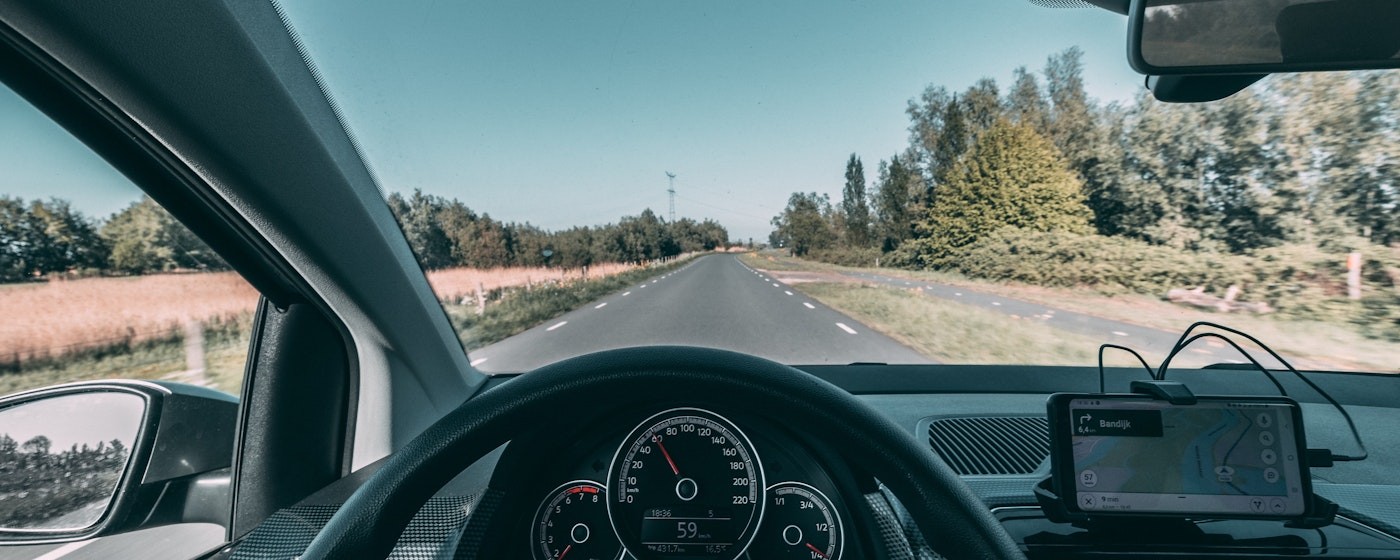
Used vs new cars
Used cars
When it comes to buying a car, you’ll have to decide whether you want to buy it brand new or second hand. One of the biggest advantages of buying a used car is that you’ll be able to save a considerable amount on the purchase price - on average, used car prices are almost 50% lower than new cars! Used cars also depreciate at a slower rate than new cars. Because most cars experience their sharpest drop in value in the first three years, buying a car that is older than this means that you can save money on the purchase price, while retaining more of its value.
When buying a used car, it’s important to make sure that the car is in good condition. You can do this by taking it out for a test drive and having a qualified mechanic check the car, as well as asking the seller about the history of the car. To find a qualified mechanic, you can contact your state or territory motor club. If you are buying the car at an auction, however, you may not be able to organise an independent mechanic to carry out an inspection before the purchase.
Before buying a used car, make sure you obtain the car’s VIN or chassis number from the seller. Next, search the Personal Property Securities Register (PPSR) to make sure that there are no debts owed on the vehicle, and that the car has not been reported as stolen or written off. For a fee of $2, the PPSR will email you a report on the car.
Although buying a used car can be a great way to save money in the short term on the purchase price, be wary as they could end up being a drain on your wallet with their high maintenance costs, expensive insurance and lower resale value. You also run the risk of getting stuck with outdated technology and not having the latest safety features. Additionally, they normally don’t include a warranty (for information on warranties, you can check out the ACCC website).
New cars
If you choose to buy a brand new car, there are a number of perks that will come with that decision (not to mention that new car smell!). You’ll receive the benefits of a full warranty, meaning that if you experience a mechanical problem while you’re still within the warranty period, the problem will be fixed at no cost to you. Additionally, it’s pretty likely that you’ll enjoy free post-purchase servicing. Your car will be equipped with the latest technology and you can be confident that it will be operating in tip-top shape without the need for maintenance.
You’ll also have much more control over things like the paint colour, engine and a range of optional extras (from leather seats to being fitted with an anti-lock braking system), along with the peace of mind that your car is free from damage and has virtually zero kilometres on the odometer.
However, a new car will cost you a considerable amount more than a second-hand car, so you’ll need to be confident you can budget for this while running through the income assessment step (see above). Also, your new car will depreciate much quicker than a second-hand car would - if you’re planning on having your car for a while this isn’t as much of an issue. However, if you’re wanting to sell it any time soon, you’ll cop the blow of depreciation.
Depreciation
Regardless of whether you decide to purchase a new or used car, there is one crucial factor to consider: depreciation. A car with a typical rate of depreciation loses up to 58% of its initial value after three years, 49% in four years and 40% after five years. The long term depreciation rate varies greatly between models and makes, so be sure to do your homework and thoroughly research the car you’re wanting to buy. If depreciation is a large concern for you, choose a car with a slower depreciation rate so you can maximise its resale value when you're ready to upgrade.
_315X560_111921.png)
Additional costs to consider
There are a number of ongoing expenses that you should keep in mind when working out your budget, from maintenance and repairs to insurance and registration costs.
Registration costs
In order for a car to be legally driven in Australia, it must be registered. Registration is an ongoing cost, so you’ll have to pay it every year. This cost will vary depending on what state or territory you live in as well as the value of the car, but registration costs are consistently lower in regional Australian cities compared with major cities. The average weekly cost for households in regional cities is $27.90 compared with $29.53 in major cities.
Car insurance costs
Compulsory Third Party (CTP) insurance must be purchased by law, as it covers personal injuries you may cause to yourself or to other people if you’re involved in a car accident. In Victoria, Tasmania, South Australia, Western Australia, the Northern Territory and the Australian Capital Territory, CTP insurance is included in your vehicle registration. In Queensland and New South Wales, you must purchase CTP insurance separately from your registration.
You can also purchase ‘third party’ insurance - which covers damage caused to someone else's vehicle or property if you're liable for it. Alternatively, you can buy ‘comprehensive’ car insurance, which can cover damage to your own vehicle as well as cover for theft, fire and malicious damage. Importantly, make sure that you have your car insurance in place before you first drive away!
Services & repairs
Cars need to be serviced regularly in order for them to run properly and to avoid preventable accidents. Generally speaking, your car should be serviced at least once a year or every 15,000 kilometres (whichever comes first). Your car service should include things like oil changes, tune-ups, brake checks and inspecting the car for any safety issues. The average cost of a car service in Australia is between $150 to $550. Additionally, your tyres should be inspected, if not replaced, every five years, to ensure that they are in good condition and to reduce the risk of an accident. Regularly servicing your car means that you’re ensuring it retains as much value as possible - so if you eventually choose to resell it you’ll be able to do so at the best price.
Roadside assistance
Roadside assistance comes to the rescue of several thousand Aussie motorists every year. They can save you from flat tyres, dead batteries, blown gaskets and will even send a locksmith if you lock your keys in the car. The cheapest basic assistance plan costs around $69 a year and if you're after a plan with higher benefits and extra features, you can expect to pay up to $360 annually.
Fuel
This is an obvious one - but cars need petrol or electricity to run. This is an ongoing cost you'll be faced with when you buy a car. How much you spend on petrol will depend on how much you drive it, but also on the car's make and model. Generally, the bigger the car, the more petrol it will go through. When you’re buying your car, make sure you check how fuel-efficient it is so that you can budget accordingly.
Though the initial cost of buying an electric vehicle (EV) can be high, it can prove extremely cost-efficient in the long run with the average weekly cost of charging an EV at $11.70 per week. By comparison, the weekly average fuel cost of a medium SUV is $28.37.
Stamp duty
When you buy a new or used car, you have to pay stamp duty, which is the tax that state and territory governments charge for certain documents and transactions. The amount of stamp duty tax you’ll need to pay depends on what Australian state or territory you live in.
Toll road costs
Although there are currently only 16 toll roads in four cities in Australia, if you are living in Sydney, Melbourne, Brisbane or Toowoomba, paying for tolls should be another cost you factor into buying a car. Car owners in Sydney experience the highest average spend on road tolls, coming in at $84.60 per week, followed by Melbourne at $50.80 per week. It is important to note that this figure is entirely dependent on where you live and where you regularly travel to, so could be considerably lower or higher.
.jpg)
Other tips before you buy
Safety features
Buying a car with a higher crash-protection rating and more safety features will not only offer you more protection in an accident but can also improve your resale value and lower the cost of your car insurance. You can check how safe your car is by looking at its Used Car Safety Rating or its ANCAP safety rating.
Take your time
Before signing a contract and committing to a car, make sure that you take the time to read it thoroughly and remember that contracts are legally binding. If you need to, you can take it home with you, think about it for a few days or discuss it with a trusted friend or family member.
Efficiency and environmental concerns
With rising fuel prices and growing environmental concerns, you may also want to consider how efficient your new car is going to be. If you’re buying your car new, you can check the car’s fuel consumption on a label displayed on the windscreen on the car - it should show you both carbon dioxide emissions as well as fuel consumption in litres per 100km (the lower the numbers, the better!). You can also check out the Green Vehicle Guide to compare the environmental performance of cars in Australia.
It is also important to note that the amount of fuel you use can also be dependent on your driving style, the car’s condition and traffic conditions. If you’re after an electric or hybrid vehicle, you might be able to access a lower interest rate with a green car loan.
To borrow or buy outright?
When deciding whether to borrow money for your car or pay cash and buy it outright, a good first step is to revisit your estimate of the financial bracket your desired car falls within. From there, reassess how much you are willing to spend from each payslip. If you can save the initial figure in a short amount of time (or already have a reasonable lump sum set aside) then buying the car outright is a viable option. If these two figures are fairly mismatched and it will take you a long time to save the desired amount, then borrowing money to finance the car is likely a better alternative. Financing your new vehicle with a car loan will mean that you can get on the road sooner, with no need to wait months – or even years – to accrue savings, and without having to compromise on your must-have features. If you decide to finance your car with a loan, you will be making the same decision as the majority of car owners - in Australia, 90% of car sales are financed through car loans.
Finding a car loan that works for you
When it comes to finding the best car loan for you, it’s really important to weigh up all of the options available to you. You’ll also want to consider what the monthly car payment amount is going to be on your car loan and ensure that you’ll be able to meet your loan obligations.
Here are some of the most popular types of loans offered by Driva:
- Secured car loans. With a secured loan, you’ll use your car as collateral against the loan and will likely be able to access a lower interest rate. This type of loan is normally best suited to newer cars (ie: 2013 or newer).
- Unsecured car loans. By comparison, an unsecured loan won’t use your car as collateral, and therefore you’ll need to pay a higher interest rate. Unsecured loans are normally most suitable for older cars (ie: 2012 or older).
- Commercial car loan options. If you’re looking for a vehicle that you can use for business purposes, we have a number of commercial loan options available too, including chattel mortgages, hire purchase arrangements and novated leases. Read more on our blog.
If you’re getting a car loan, it’s a good idea to figure out how much you can afford to pay each month for your loan, in addition to how much you can afford to spend on the car’s purchase price. We recommend using a loan calculator (we have car, bike and caravan loan calculators available) to work out how much you could expect to pay in monthly repayments and figure out if a car loan is the right move for you.
Remember that Driva will assess your financial situation (including historical income and expense levels) before sharing your information with your chosen lender. This eliminates lender rejections, protects your credit score, helps Driva meet its responsible lending obligations and means you won’t be taking out a car loan you can’t pay for (win win win!).
Summing up
You can protect yourself from overspending by figuring out what you can afford before you start shopping for a car, but you should make sure that you are factoring in additional vehicle costs and how you’ll finance it before making a decision. There is no one-size-fits-all strategy for buying a car, as everyone's personal and financial circumstances are completely different. Because of this, it is crucial that you carefully assess all of your options and seek advice from a number of sources if you wish to. Deciding how much to spend, and exactly how you are going to finance your new vehicle, are crucial steps in finding the right car for you.
If you're considering obtaining car finance, we recommend checking out our blog ‘6 Benefits Of Buying A Car On Finance,’ for more helpful information.
If you have any queries about car loans or personal finance, please get in touch with our team of car finance experts here at Driva. Give us a call on 1300 755 494 or email us at contact@driva.com.au. If you’re ready to obtain finance now, our smart car finance platform allows you to access your best available rates from our panel of lenders in under 1 minute! Use it now to compare car loans and find a car finance option that suits your needs, without impacting your credit score.
If you're considering buying a motorcycle, have a look at our guide on how much you would spend to own a motorcycle.
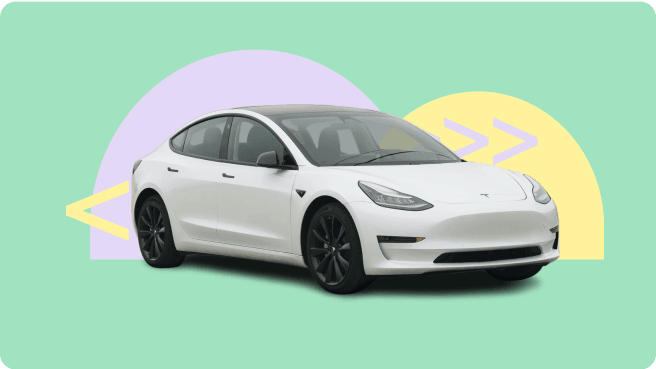
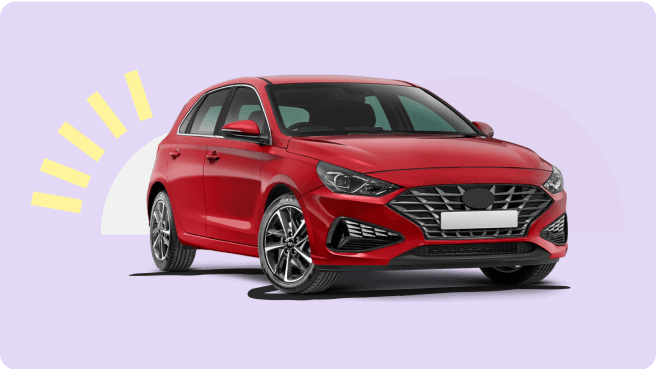
.png)
